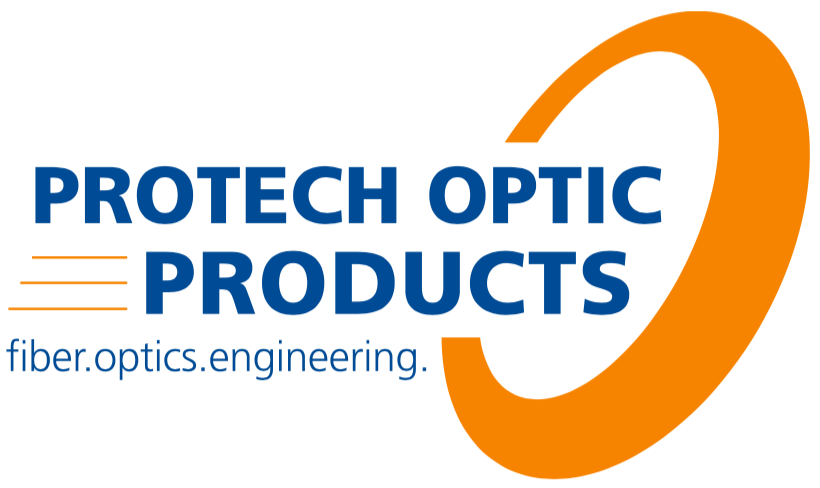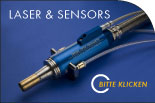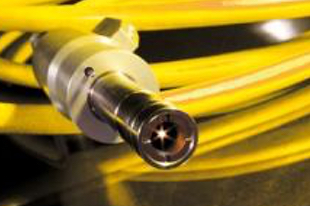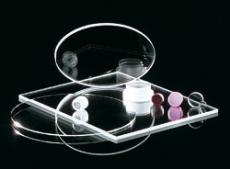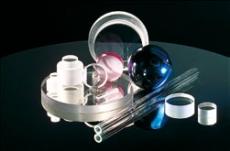Sapphire components
for optics, laser technology, life science and industry
In our capacity as specialist in the manufacture and processing of sapphire precision components, we supply oriented and random sapphire components ranging from simple protective windows to precision optical components. On request all sapphire components are supplied with customer-specific AR or HR coatings.
Optical components and structural elements for industry and research
Sapphires are distinguished from other materials by their special thermal, electrical, optical and mechanical properties. High mechanical strength, thermal ruggedness and a high degree of mechanical resistance to wear and abrasion characterise sapphire and make it a suitable material for the optical and chemical industries, for electrical and medical technology, furnace and pump engineering, vacuum technology and for the aerospace industry.
We supply sapphires in any desired configuration: as windows, plates, rods, pipes/ tubes and lenses
Example applications
Sight glasses/ protective windows/ measuring windows/ camera windows/ vacuum windows/ lenses/ prisms/ wedges/ plano plates/ rods/ tubes/ nozzles/ valves/ moldings/ profiles/ tips/ blades/ cutting edges/ guides/ spheres/ insulators/ coverings
Standard orientation, flat components and lenses
- C axis / random (not oriented)
- High purity
Standard sizes, flat components
Dimensions: Ø / 0.5 -150 mm
Thickness: up to 100 mm
Tolerances: up to +/- 0.01 mm
Parallelism: up to // 5˝
Standard geometries, flat components
rectangular, round, ellipsoid, rod-shape, tubes also with bores, grooves and threads
Surface accuracy
- Planarity of the surface up to λ/10
- Polish quality compliant with DIN 10110 up to P4
- Surface roughness Ra 0.5 µm
- High degree of cleanliness
Technical key data
Crystal structure: Monocrystal aluminium oxide Al2O3 (99 %)
Compressive strength: 21500 kg/cm2
Tensile strength at 20 °C 4100 kg/cm2
Tensile strength at 1000 °C 2300 kg/cm2
Elasticity module: 2.5 x 106 kg/cm2
Hardness: 9 Mohs 2200 Knoop relative to the C axis
Melting temperature: 2050 °C
Operating temperature: 1800 - 2000 °C (permanent load feasible)
Poisson’s ratio: 0.29
Refraction index: nd 1.760
Transmission: > 80 % (300 - 5000 nm)
* The values stated here represent information taken from specialists’ literature on the subject, we cannot grant the specific values. The dimensions, tolerances, geometries and orientations stated here merely represent part of our sales range. We produce and develop according to your individual specifications.
